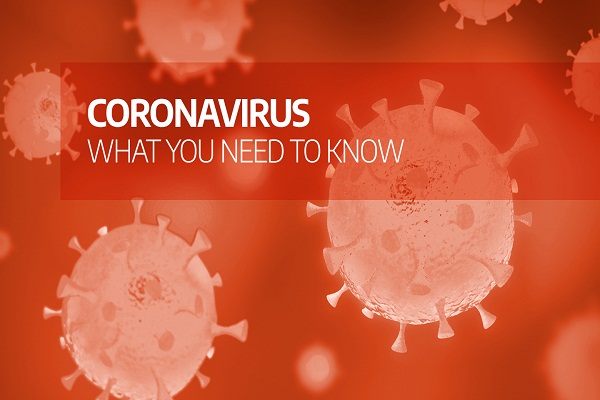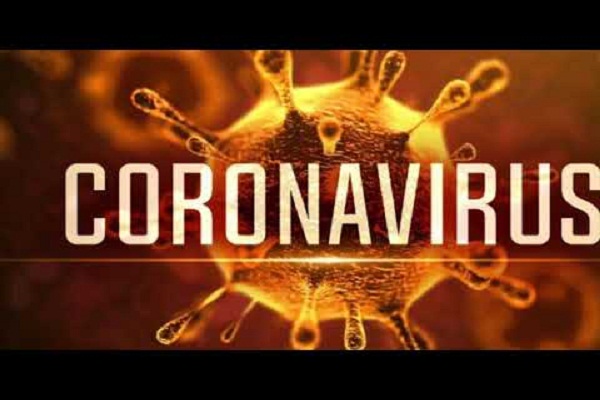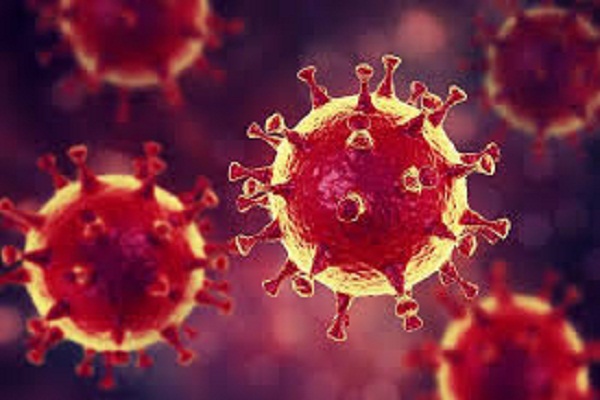
Ovarian cancer is the third most common gynaecological cancer among Indian women. The most common gynaecological cancer is breast followed by cervical cancer.
 Ovaries are part of the female reproductive system and every normal woman has two ovaries, one on either side of the uterus. The function of the ovaries is to produce eggs or ova every month in preparation for a pregnancy. Apart from this, they also produce the hormones estrogen and progesterone.
Ovaries are part of the female reproductive system and every normal woman has two ovaries, one on either side of the uterus. The function of the ovaries is to produce eggs or ova every month in preparation for a pregnancy. Apart from this, they also produce the hormones estrogen and progesterone.

The incidence of ovarian cancer is between 5.4 “ 8/100000. The risk starts increasing from age 35 and reaches a peak between the ages of 55 “ 64.
It has the worst prognosis amongst gynaecological cancer patients. This is primarily because most often it is diagnosed at stage III or IV only
The high mortality rates pertain to lack of definite symptoms at early-stage. The exact cause of ovarian cancer is unknown as no effective screening strategies are available.

What are the risk factors for Ovarian Cancer?
- The risk is high among those women who have never been pregnant.
- An early menarche and the late menopause may also increase the risk.
- A family history of ovarian cancer especially in a Ist degree relative increases the risk of ovarian cancer
- Carriers of the BRCA1 and BRCA2 gene mutations have a higher risk of developing ovarian and breast cancer.
- Families with LYNCH II syndrome are also at high risk of developing ovarian cancer.
- Women with a history of breast cancer have a higher risk of ovarian cancer.
- Post-menopausal hormone therapy poses huge risk in the long term.
What is the relationship between Diabetes and Ovarian Cancer?
Diabetes affects more than 72 million Indians. World over, diabetes affects 199 million women and it affects about 14% of Indian women. Many studies have suggested that diabetes is associated with an increased risk of cancer in several sites of the body. This association with cancer was noted as early as 1914. A particularly strong association with endometrial, pancreatic, liver and colon cancers have been demonstrated, although the exact reasons for this are not understood.
Studies of the relationship between diabetes and ovarian cancer have in the past yielded inconsistent results. However several studies in recent times have shown that there is an association between diabetes and the increased incidence of ovarian cancer.
Several mechanisms have been postulated to explain the links between diabetes and cancer risk. A number of studies have documented an association between increased sugar levels and cancer, although the exact mechanism is not understood. It is also postulated that diabetes influences the neoplastic process by mechanisms including an increase in blood insulin levels and by a long-standing inflammatory processes.
What are the symptoms of Ovarian Cancer?
Early ovarian cancer may have nonspecific or very minimal symptoms. Women may have:
- Bloating and abdominal discomfort
- Change in bowel habits
- Indigestion
- Tiredness
- Weight Loss
- Loss of appetite
At later stages they may present with:
- Increase in abdominal size
- Nausea and vomiting
- Swelling of the leg due to a deep vein thrombosis
How can I reduce my risk of Ovarian Cancer?
- A full-term pregnancy before the age of 26 years
- Breastfeeding
- Birth control pills used for 3 “ 6 months or more
- Tubal ligation or sterilisation operation
- Removal of the fallopian tubes at hysterectomy
- Not using Hormone Replacement Therapy
- Not smoking
- Maintaining an ideal weight
Myths and facts surrounding ovarian cancer
Myth: It does not affect young women
Fact: Not true. About 20% of women with ovarian cancer are less than 50 years of age.
Myth: A hysterectomy prevents ovarian cancer
Fact: Removal of the uterus tubes and ovaries reduces the risk of ovarian cancer by 95% but there is still a 5% chance of ovarian cancer cells developing. There is also a risk of developing peritoneal cancer.
Myth: Pap smear can detect ovarian cancer.
Fact: Wrong. There is no routine screening test for ovarian cancer. Pap smear is a screening test for cervical pre-cancerous cells.
Myth: It is a silent killer
Fact: Ovarian cancer is associated with non-specific symptoms such as bloating of abdomen, pain, feeling full, passing urine frequently. The important thing is to be aware of these symptoms and consult a gynaecologist if they are persistent.
(The writer is Dr Prathima Reddy, Senior Obstetrician and Gynaecologist, Director – Fortis La Femme, Bangalore. Views expressed are personal opinion.)
Be a part of Elets Collaborative Initiatives. Join Us for Upcoming Events and explore business opportunities. Like us on Facebook , connect with us on LinkedIn and follow us on Twitter , Instagram.












